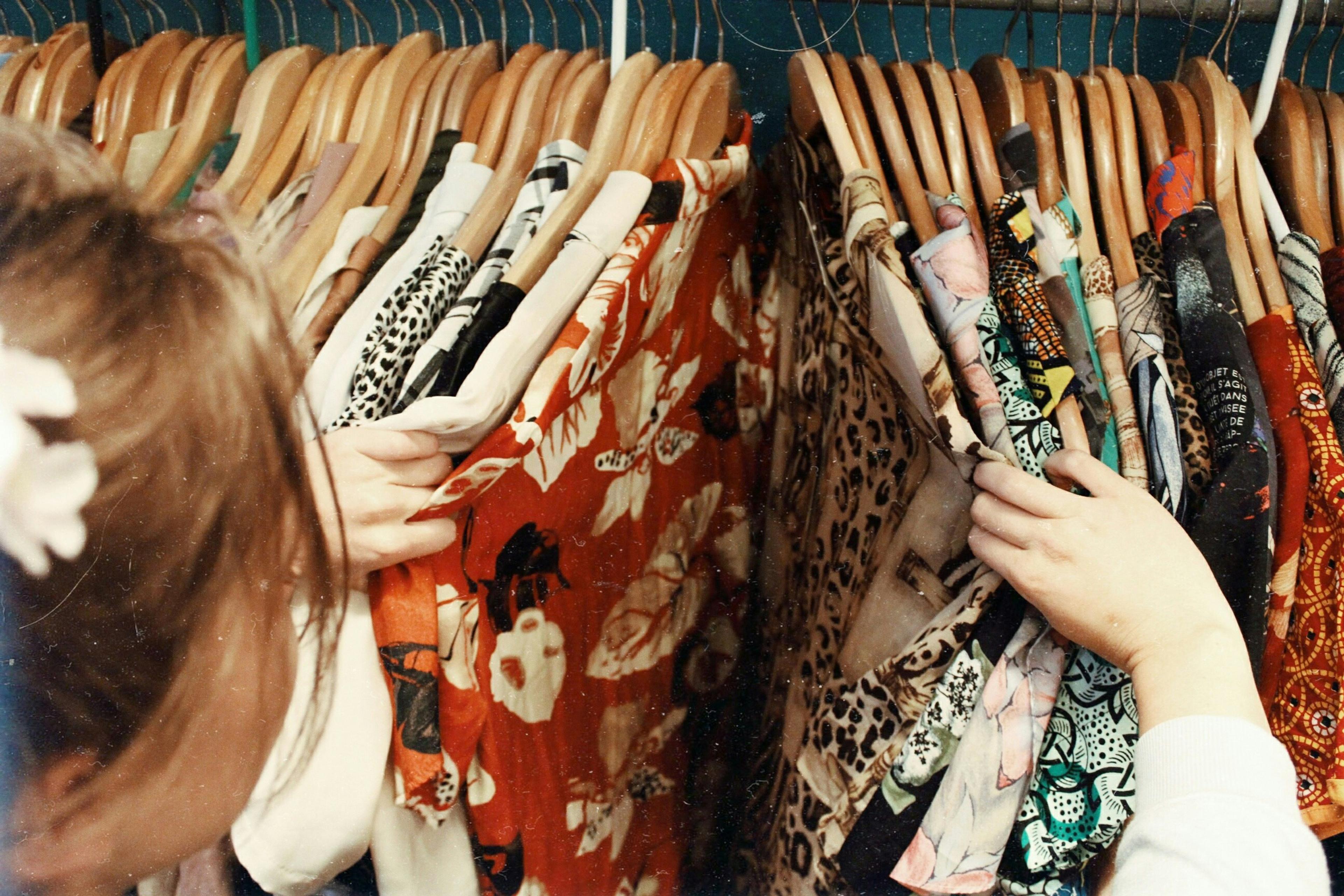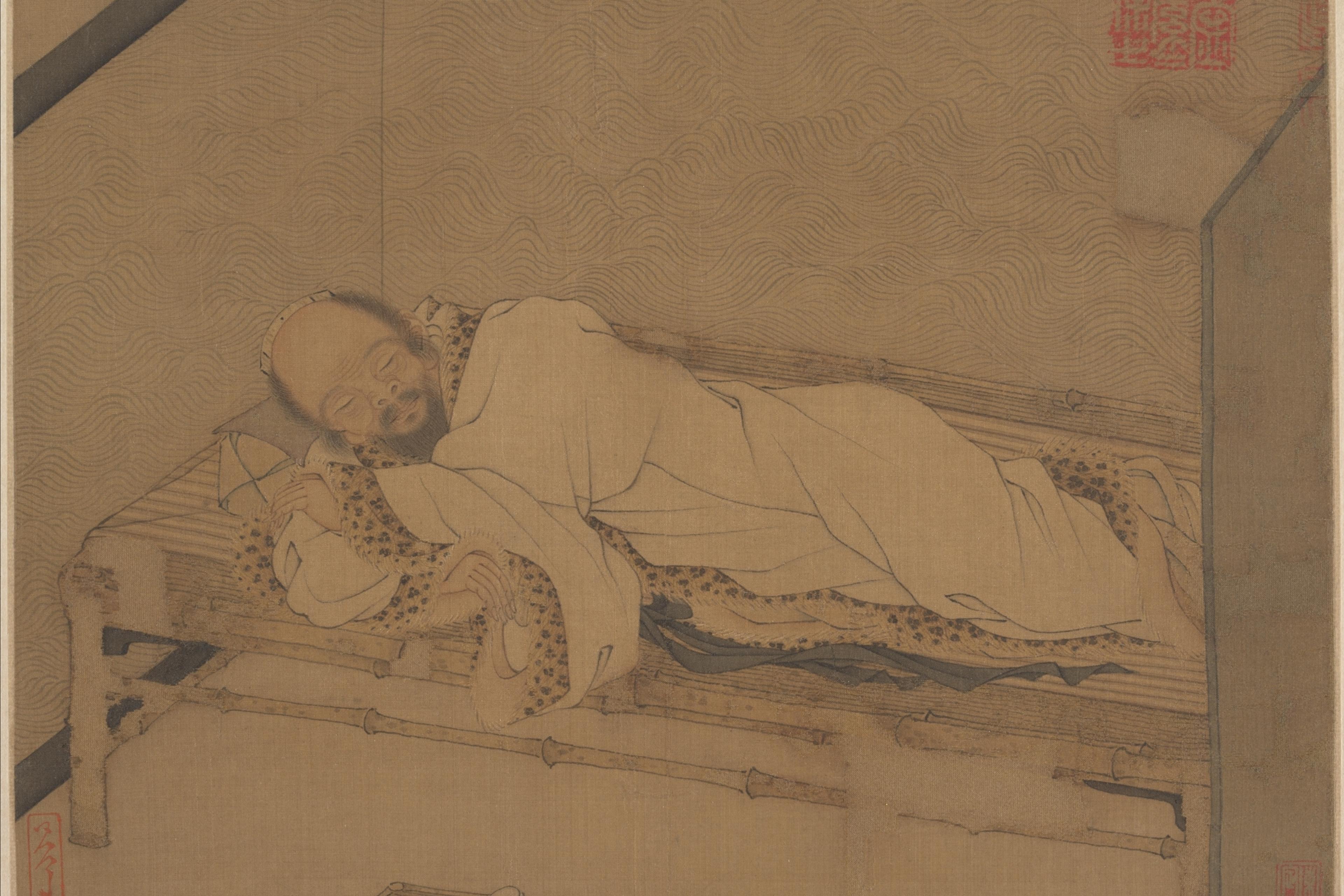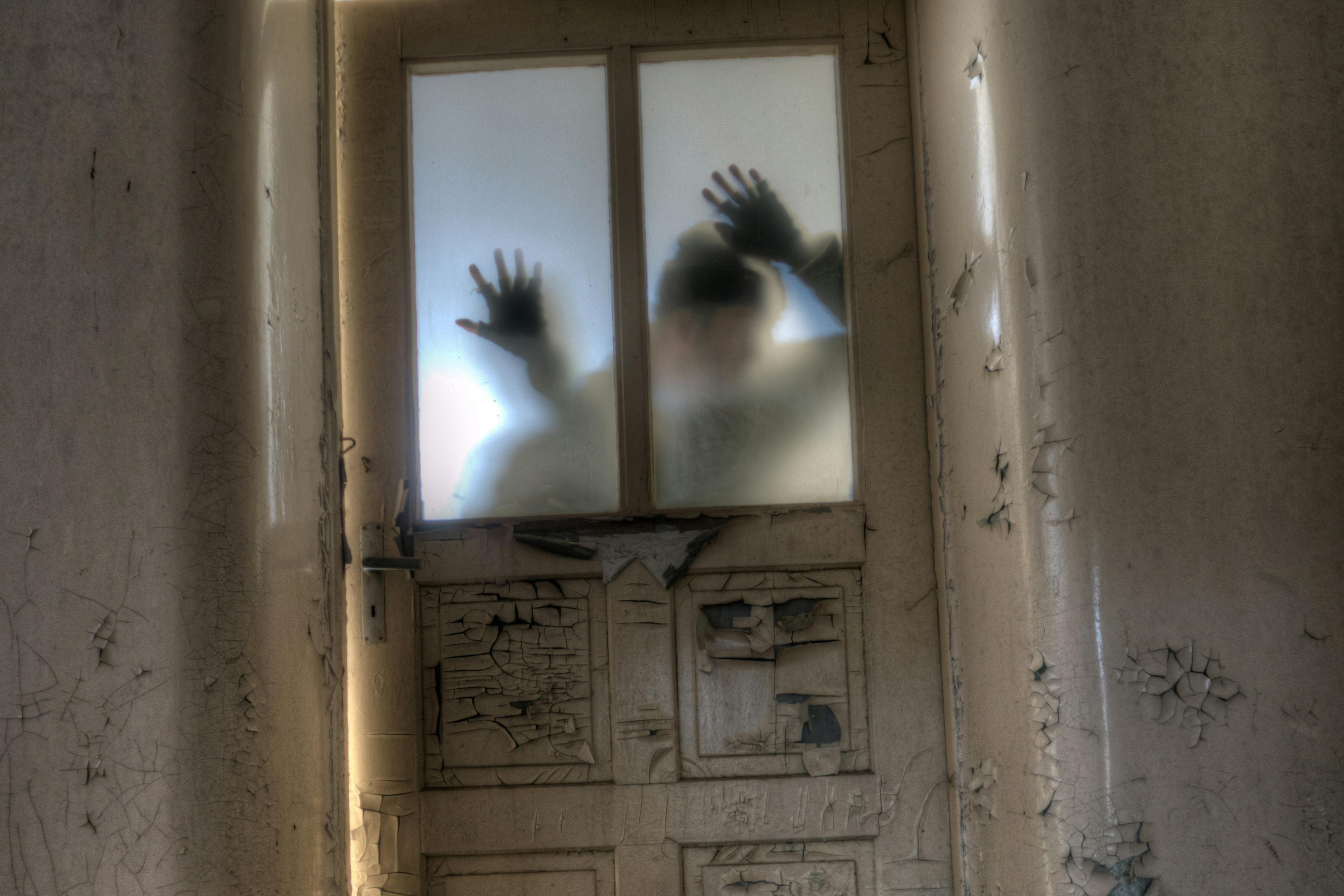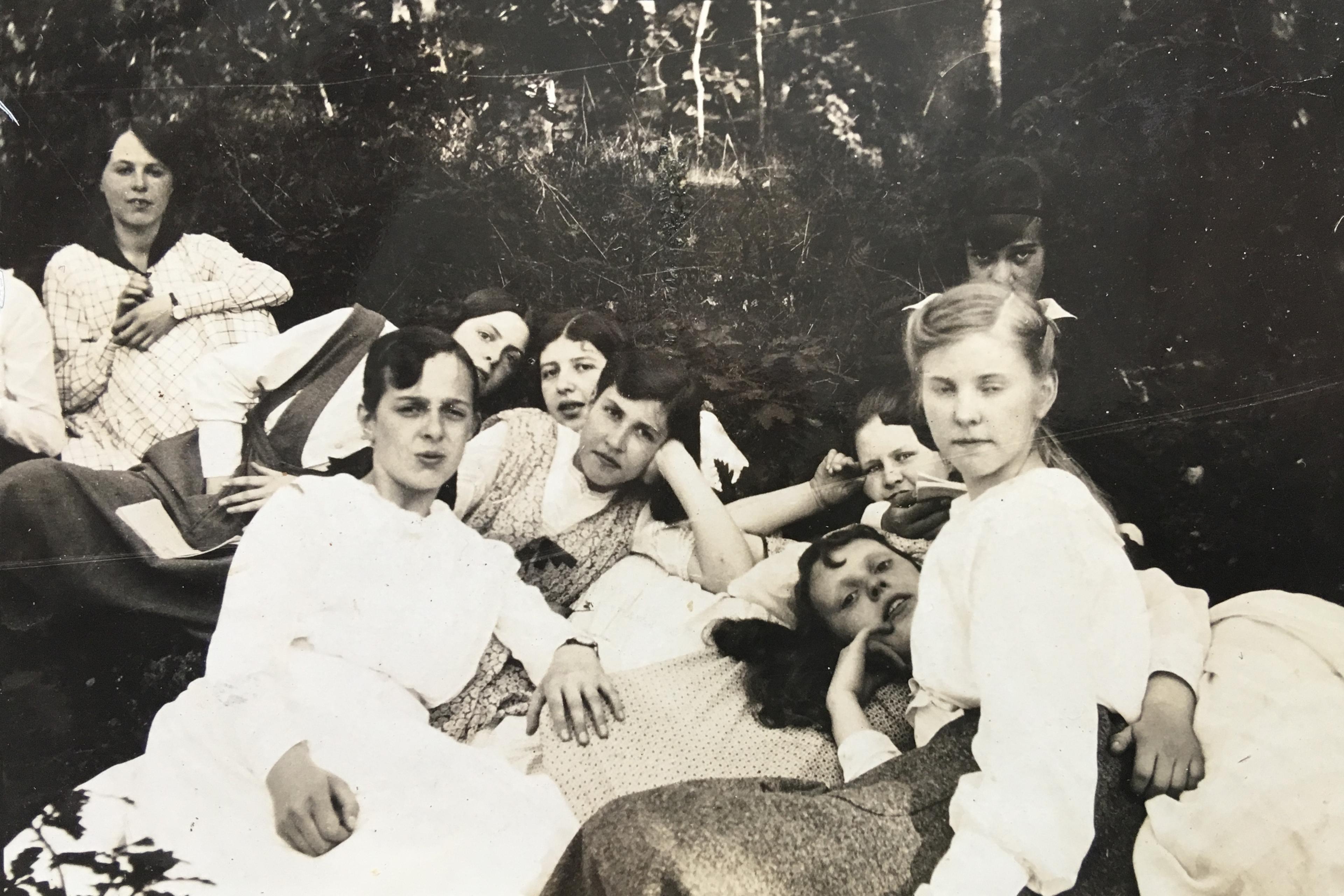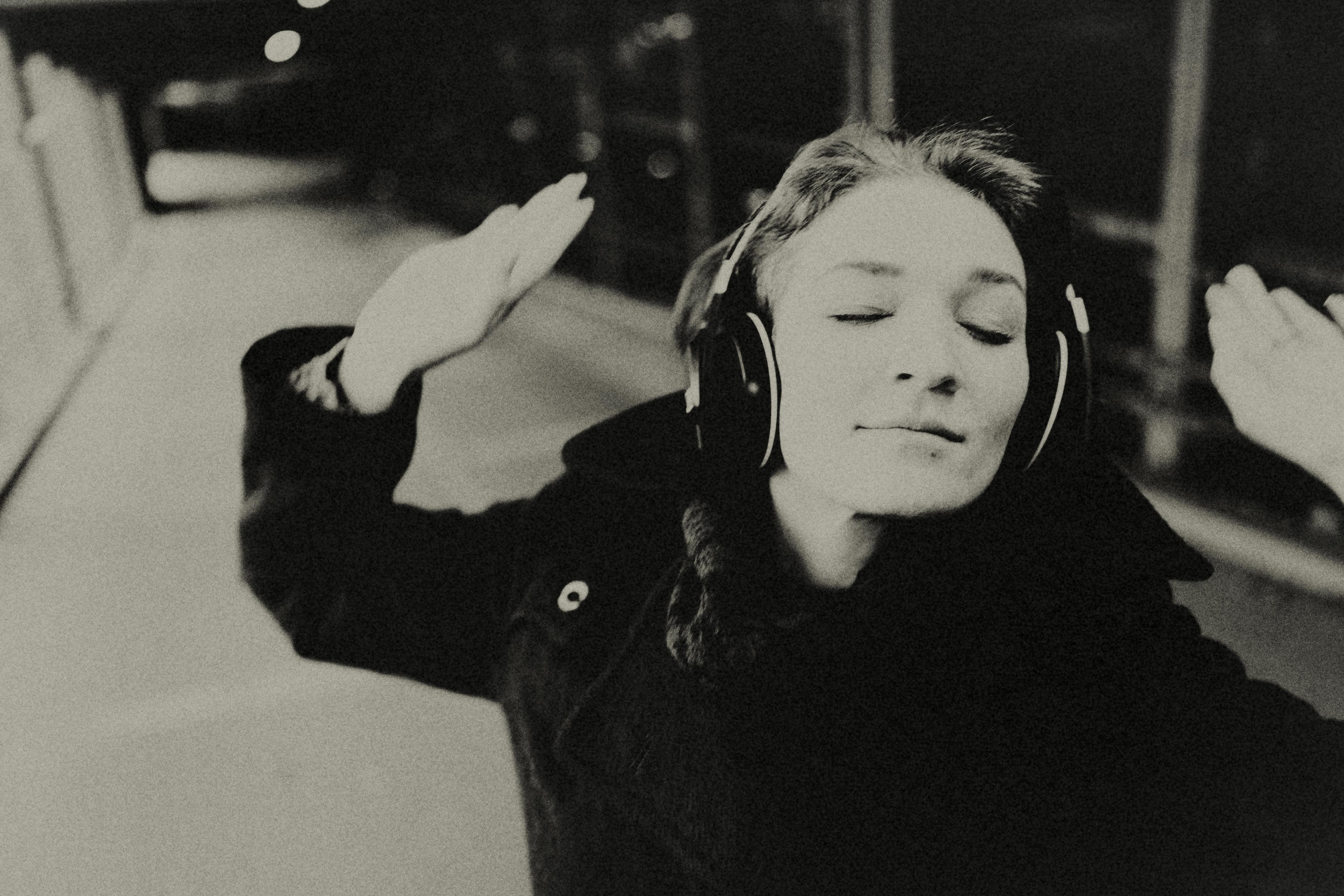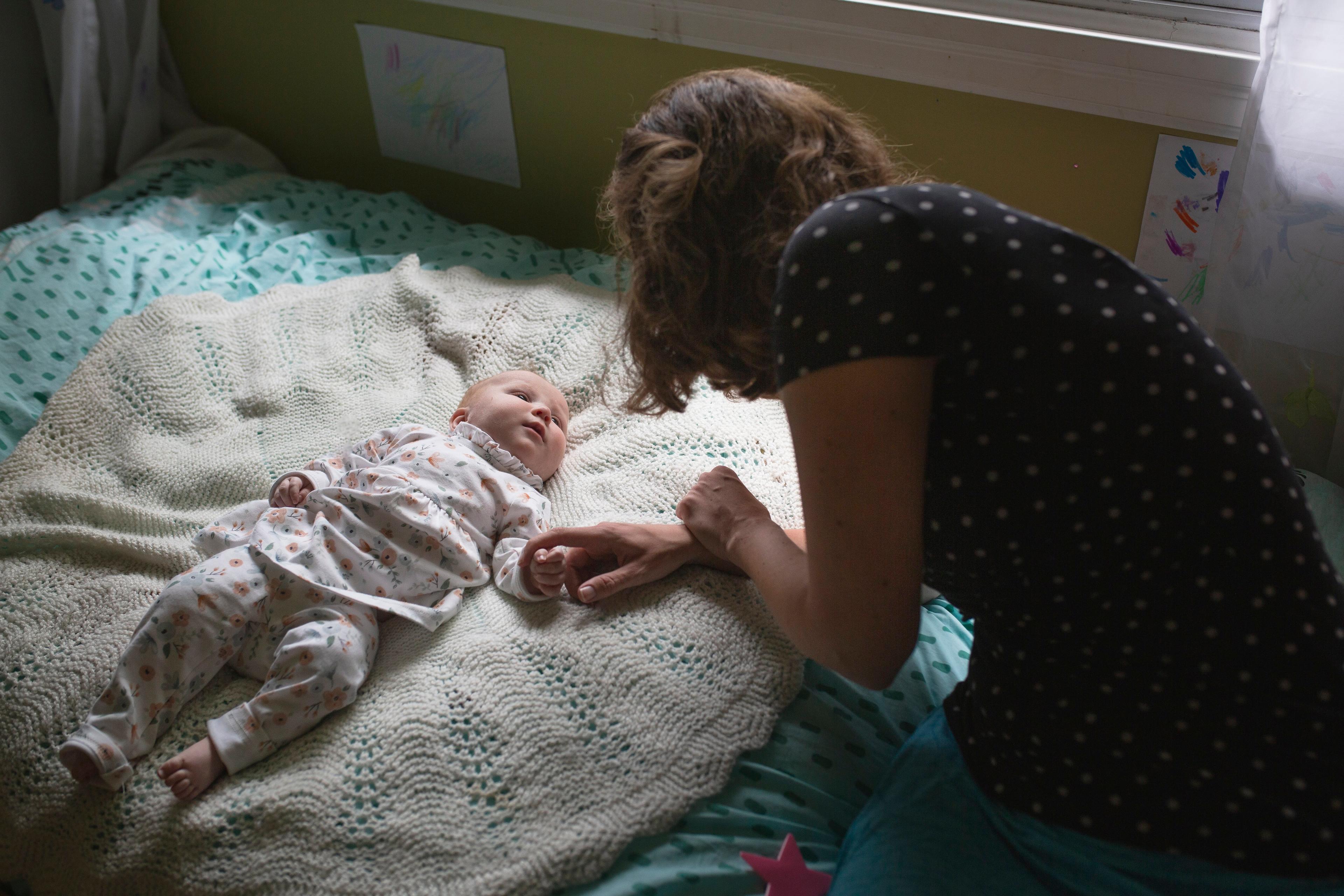I’m a perfectionist, and it’s not cute. I get stuck in an anxious loop thinking I’ve said the wrong thing; I put off tasks because, try as I might, I struggle to accept the idea that perfect is so often the enemy of good; a ladder in my tights drives me to distraction. My perfectionism feels like an embarrassing character flaw.
I also love fashion, and, in recent years, I’ve developed a love of vintage clothes. I’ve always been drawn to the styles of the past, and moving to a bigger city gave me access to a wealth of vintage shops.
Being a vintage-loving perfectionist has its challenges. Flaws are inescapable: loose threads, tugged seams, a faint discolouration. While wearing a 1930s bias-cut dress to a wedding, I noticed a tear near the hem. Was I responsible for that hole? Or did another woman’s high heel pierce the fabric on a different dance floor 90 years earlier? It was impossible to know, and somehow that uncertainty let me off the hook. Instead of worrying about whether I’d caused the damage, I decided to delight in the idea that I’d given the dress another great night out, and twirled my way back onto the dance floor. That kind of thought process doesn’t come naturally to me, but every encounter with a vintage item gives me a chance to practise accepting the discomfort of imperfection.
Each piece of clothing has a story, and it’s often the flaws that tell these stories. By wearing them, I become a part of their story too. In turn, I’m reminded that life leaves its marks on us all. Nothing stays perfect. We can’t undo our mistakes; we can only move forward, wearing the traces of all we’ve experienced – in clothes that feel more and more like our own.
